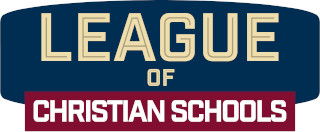 Two related federal surveys of school administrators offer fresh insight into the working conditions that principals face on a day-to-day basis, the degree of influence they have over school affairs, and their tendency to stick with their job, switch to another school, or bid the position a final farewell. The recently released reports are the Schools and Staffing Survey and the Principal Attrition and Mobility: Results From the 2012–13 Principal Follow-up Survey both released by the National Center for Eduacational Statistics,
Two related federal surveys of school administrators offer fresh insight into the working conditions that principals face on a day-to-day basis, the degree of influence they have over school affairs, and their tendency to stick with their job, switch to another school, or bid the position a final farewell. The recently released reports are the Schools and Staffing Survey and the Principal Attrition and Mobility: Results From the 2012–13 Principal Follow-up Survey both released by the National Center for Eduacational Statistics,
Influence
One significant area observed from the results deals with the leader’s influence. “When it comes to setting performance standards for students, establishing curriculum, and determining the content of in-service professional development programs for teachers, a significantly larger share of private school principals than public school principals saw themselves as having a major influence on such matters (see table)” (CAPE Outlook, September 2014)
 Culture
Culture
But a more drastic contrast is observed when comparing principal reporting in the area of school culture and environment. The findings by NCES show that a public school principals experience significantly more occurrences of physical conflict, bullying, and disrespect for teachers. Administrators across the nation can spend countless hours dealing with discipline issues, drawing valuable time away from professional development and school improvement. Private school principals enjoy a significant edge in being able to focus on what really matters….qualitiy Christian education. Read the CAPE report


